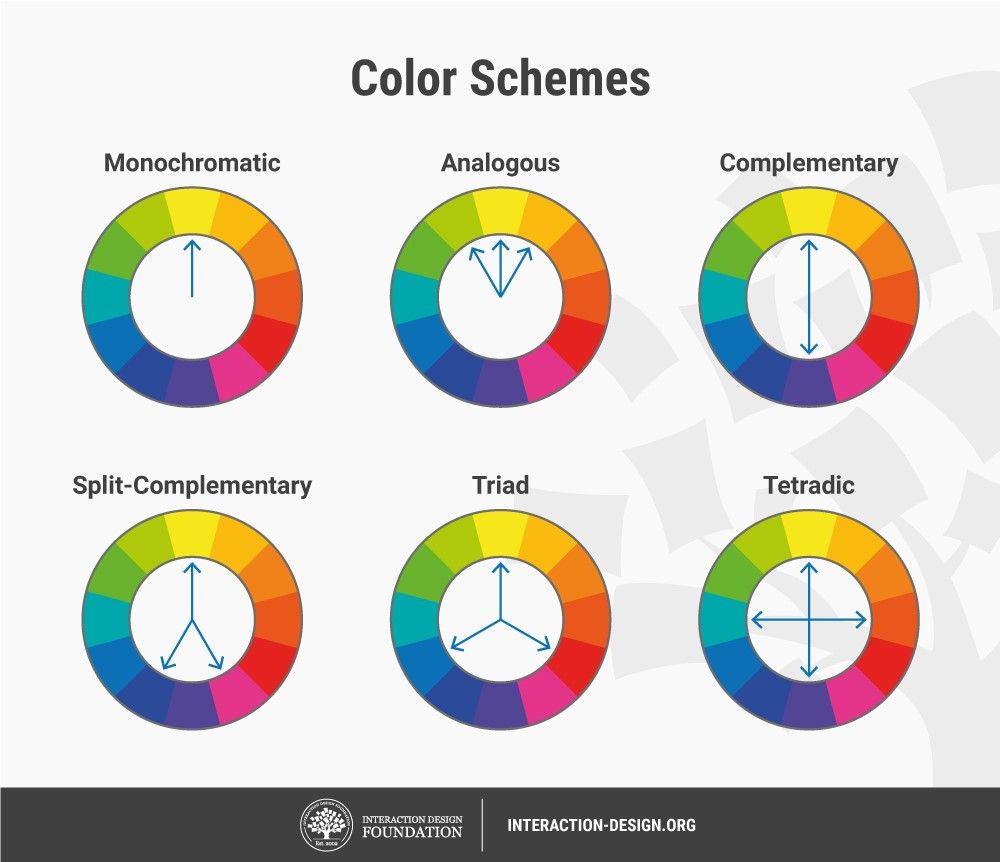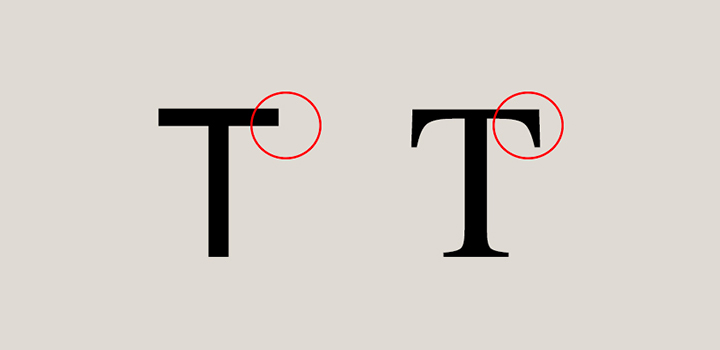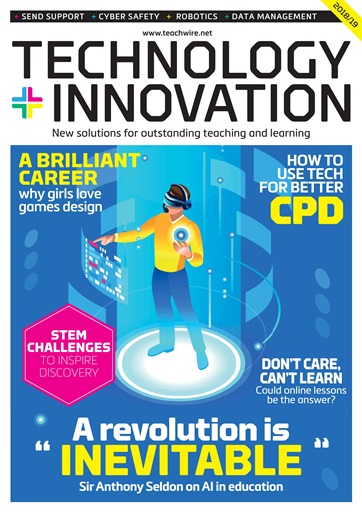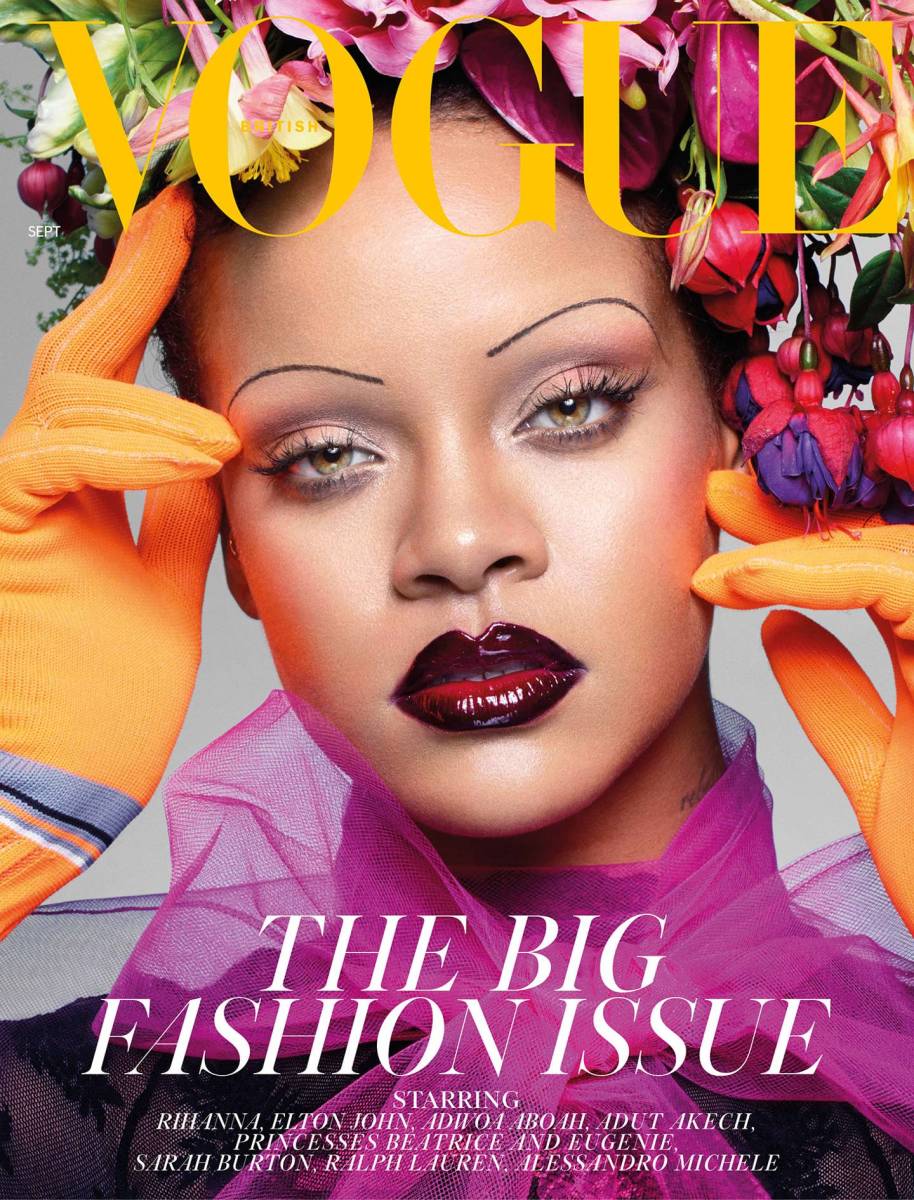The Hue Circle.svg/220px-Color_circle_(RGB).svg.png)
Color Schemes
- Monochromatic - The hue stays the same and only the saturation varies.
- Analogous - Only a small range of hues is used.
- Complementary - Colors of opposite hues (hues on opposite sides of the hue circle) are used.
- Split-Complementary - A color and the hues around its complement are used.
- Triad - Colors spaced 1/3 the way around the circle are used.
- Tetradic - Colors spaced 1/4 the way around the circle are used.
Color Phycology
- Yellow - for optimism and warmth (ex. National Geographic)
- Orange - for friendliness and confidence (ex. Google Blogger)
- Red - looks bold and exciting (ex. EdTech or Time magazine)
- Purple - looks creative and imaginative (ex. Yahoo)
- Blue - shows trust and dependability (ex. Microsoft or Technology Magazines)
- Green - shows that the product is natural and healthy (ex. Whole Foods or Android)
- Gray - shows balance and neutrality (ex. Apple)
Sources
Briona Gallagher Editor. “Color Theory: The Science and Art of Using Color.” Design Wizard, 12 Oct. 2021, www.designwizard.com/blog/design-tips/color-theory.
Ciotti, Gregory. “Color Psychology in Marketing and Branding Is All About Context.” Psychology of Color, 12 Aug. 2020, www.helpscout.com/blog/psychology-of-color/#:%7E:text=Color%20psychology%20is%20the%20study,brands%20or%20make%20a%20purchase.
“CD / Color.” YouTube, uploaded by Captain Disillusion, 18 Aug. 2020, www.youtube.com/watch?v=FTKP0Y9MVus.








